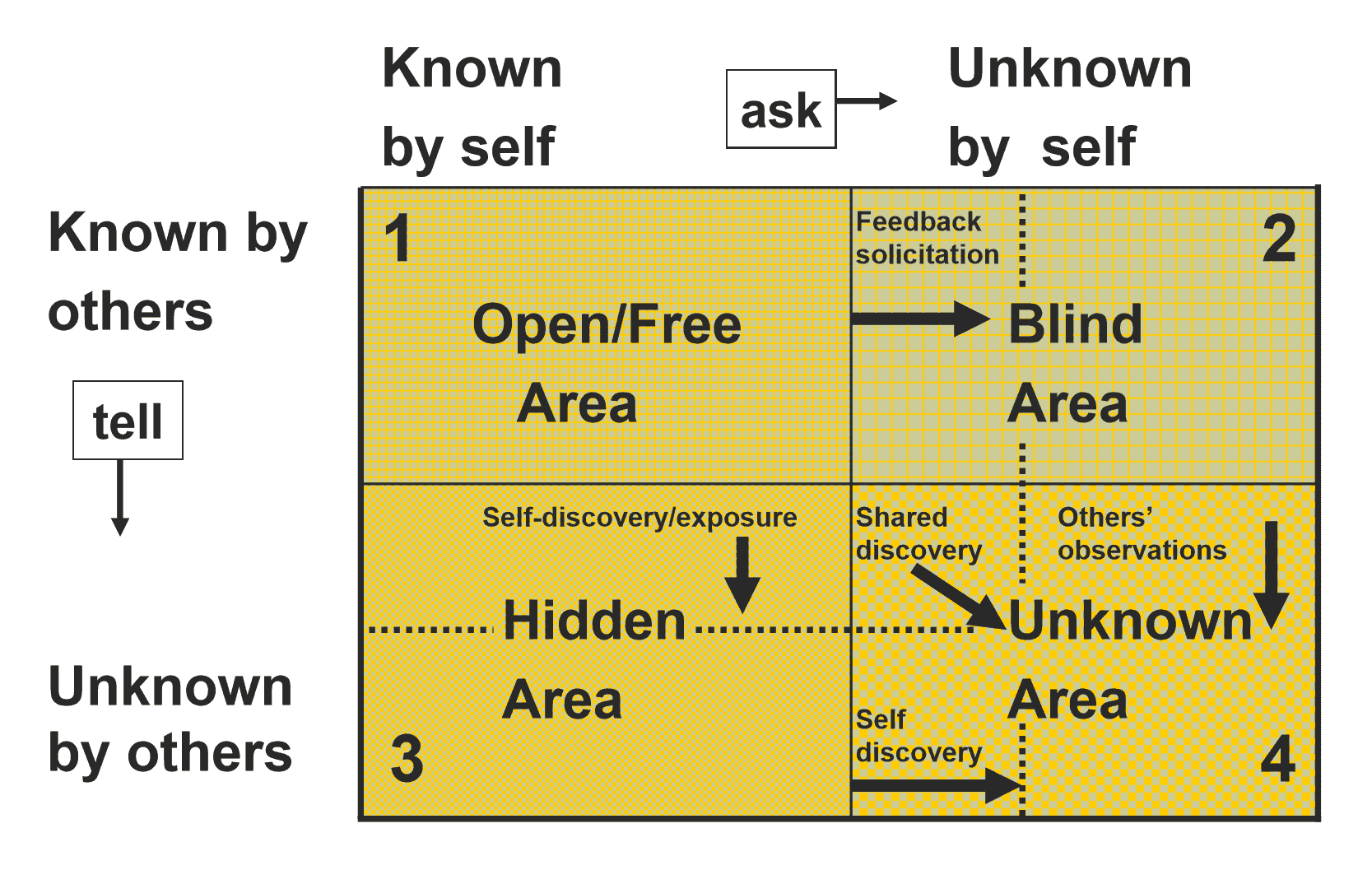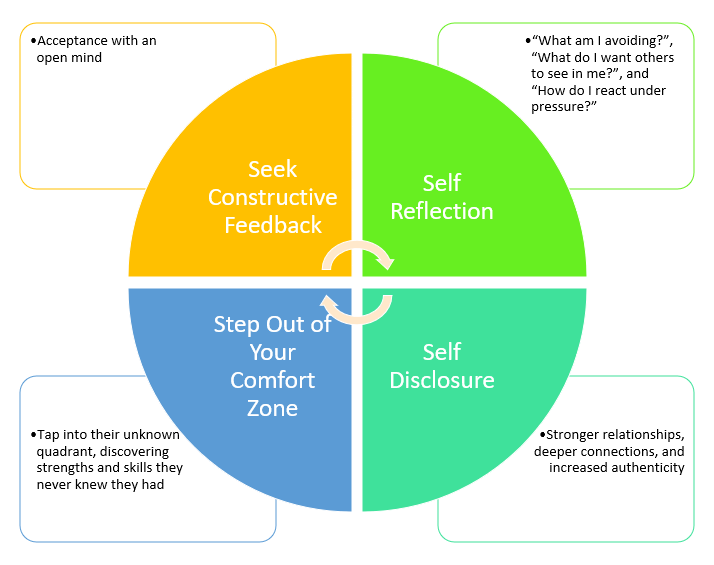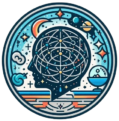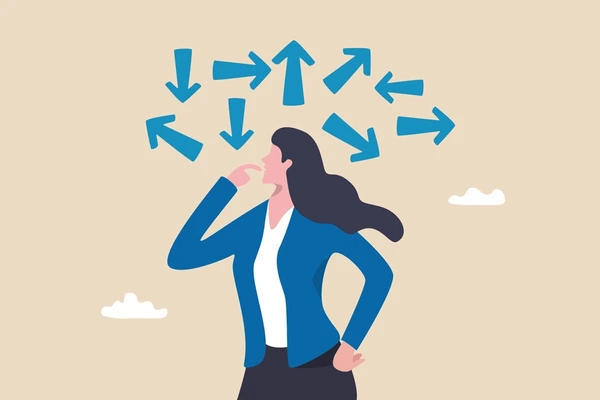Introduction
Self-awareness is a cornerstone of personal development and effective interpersonal relationships. Understanding oneself—one’s strengths, weaknesses, thoughts, and emotions—can lead to improved communication, decision-making, and emotional intelligence. However, the journey to self-discovery is often complex, as aspects of our personalities and behaviors remain hidden from us. One powerful psychological model that aids in unveiling the layers of the self is the Johari Window, introduced by Joseph Luft and Harrington Ingham (1955).

The Johari Window is a framework designed to enhance self-awareness by categorizing different aspects of the self into four quadrants based on what is known or unknown to oneself and others. By engaging in feedback, reflection, and self-disclosure, individuals can expand their understanding of themselves, strengthen relationships, and maximize their potential. This article delves into the Johari Window model, its implications for self-discovery, and how to utilize it for personal growth.
Read More- Mindfulness
The Four Quadrants of the Johari Window
The Johari Window consists of four quadrants that represent different levels of self-awareness and interpersonal knowledge-

1. The Open Area (Arena)
This quadrant contains information about oneself that is known both to the individual and to others. It includes one’s behaviors, skills, attitudes, and knowledge that are openly shared. The larger this area, the more transparent and authentic one’s relationships tend to be (Luft & Ingham, 1955). Increasing the open area through honest communication fosters trust, collaboration, and a stronger sense of connection with others (Mind Tools, n.d.).
2. The Blind Spot
This section comprises aspects of an individual’s personality or behavior that others can see, but the individual is unaware of. These could include non-verbal cues, unintentional habits, or certain behavioral tendencies (Fearless Culture, 2020). Feedback is the key to reducing this blind area. Seeking constructive input from trusted peers, colleagues, or mentors can provide insights that one might never have realized independently (Sinclair, 2020).
3. The Hidden Area (Façade)
The hidden area contains thoughts, feelings, fears, or experiences that are known to the individual but not shared with others. This quadrant includes personal values, past traumas, aspirations, and insecurities. While privacy is essential, selective self-disclosure can strengthen relationships and build deeper emotional connections (Becoming Who You Are, n.d.).
4. The Unknown Area
Perhaps the most mysterious quadrant, the unknown area encompasses aspects of oneself that are unknown both to the individual and to others. These could include latent talents, repressed emotions, subconscious beliefs, or potential capabilities (Positive Psychology, 2021). Engaging in self-reflection, exploring new experiences, and embracing challenges can help uncover hidden strengths and unlock personal growth.
The Johari Window and Self-Discovery
Self-awareness is not a static trait—it evolves through active self-exploration, openness to feedback, and willingness to learn. The Johari Window provides a structured approach to self-discovery by encouraging individuals to reduce their blind spots, share their hidden selves, and explore their unknown potentials. Here’s how to use it effectively-

- Seek Constructive Feedback- Receiving feedback from others is one of the most powerful ways to enhance self-awareness. Constructive criticism, when accepted with an open mind, provides a mirror that reflects unseen aspects of oneself (Sinclair, 2020). A 360-degree feedback system, commonly used in workplaces, allows peers, supervisors, and subordinates to offer insights into one’s strengths and areas for improvement.
- Practice Self-Disclosure- Many individuals keep a significant part of themselves hidden due to fear of judgment or vulnerability. However, strategic self-disclosure can lead to stronger relationships, deeper connections, and increased authenticity. Sharing relevant personal experiences, emotions, or thoughts in appropriate settings helps build trust and empathy (Fearless Culture, 2020).
- Engage in Self-Reflection- Personal growth requires a conscious effort to explore one’s emotions, behaviors, and thought patterns. Journaling, meditation, and introspective exercises are effective ways to analyze past experiences, recognize behavioral patterns, and uncover hidden beliefs (Becoming Who You Are, n.d.). Asking oneself questions such as “What am I avoiding?”, “What do I want others to see in me?”, and “How do I react under pressure?” can lead to profound self-realizations.
- Step Outside Your Comfort Zone- Many of our hidden abilities remain undiscovered simply because we have never been in situations that require them. By trying new activities, taking on unfamiliar challenges, or pushing beyond personal limits, individuals can tap into their unknown quadrant, discovering strengths and skills they never knew they had (Positive Psychology, 2021).
The Johari Window in Professional and Personal Growth
Beyond personal self-awareness, the Johari Window is widely used in team building, leadership development, and workplace communication. In organizational settings, a culture of openness, feedback, and trust leads to better collaboration and innovation. Leaders who encourage transparency and constructive dialogue create an environment where employees feel valued and understood (Mind Tools, n.d.).
In relationships, whether familial, romantic, or friendships, the Johari Window helps in identifying communication gaps, misunderstandings, and emotional barriers. Couples or close friends who openly share their thoughts and actively listen to each other foster deeper emotional connections.
Conclusion
The Johari Window is more than just a psychological tool—it is a roadmap to self-awareness, improved relationships, and personal development. By embracing feedback, engaging in honest self-disclosure, reflecting on internal thoughts, and stepping outside comfort zones, individuals can unlock their true potential and lead more authentic lives.
Self-discovery is an ongoing journey, and the more we learn about ourselves, the better we can navigate life’s challenges and form meaningful connections with those around us.
References
Becoming Who You Are. (n.d.). The Johari Window. Retrieved from https://www.becomingwhoyouare.net
Fearless Culture. (2020). The Johari Window: A Tool for Building Trust. Retrieved from https://www.fearlessculture.design
Luft, J., & Ingham, H. (1955). The Johari Window: A Graphic Model of Interpersonal Awareness. University of California.
Mind Tools. (n.d.). The Johari Window. Retrieved from https://www.mindtools.com
Positive Psychology. (2021). The Johari Window and Self-Awareness. Retrieved from https://positivepsychology.com
Sinclair, T. (2020). Using the Johari Window for Self-Development. Retrieved from https://www.tobysinclair.com
Subscribe to PsychUniverse
Get the latest updates and insights.
Join 3,022 other subscribers!
Niwlikar, B. A. (2025, January 10). Johari Window and 4 Important Areas of Self-Discovery. PsychUniverse. https://psychuniverse.com/johari-window/



